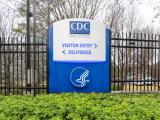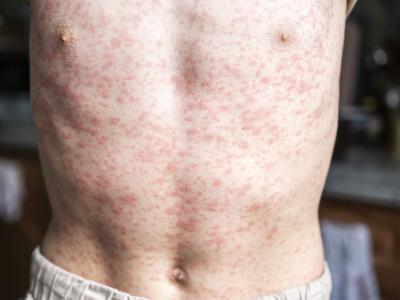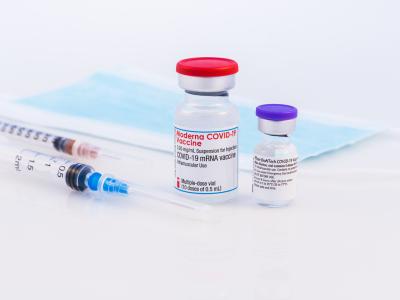Jul 28, 2003 (CIDRAP News) A report by a consulting firm for the US Department of Transportation says a major bioterrorist attack on a US seaport could cost the nation from hundreds of billions to trillions of dollars.
But spending $5 billion to $10 billion a year on biodefense measures such as devices to detect airborne pathogens could limit the damage to a "sustainable" level, according to the report by Abt Associates Inc.
"Our assessment shows that an investment of $5 billion to $10 billion a year in defenses against bioterrorist attack could save millions of lives and hundreds of billions of dollars, while reducing the risk of damage to the U.S. economy from a catastrophic to a serious but sustainable one," states a summary of the report.
Titled "The Economic Impacts of Bioterrorist Attacks on Freight Transport Systems in an Age of Seaport Vulnerability," the report was produced for the Transportation Department's Volpe National Transportation Systems Center in Cambridge, Mass.
The firm estimated that a major release of a weaponized agent such as smallpox or plague organisms in crowded transportation terminals under current conditions could kill anywhere from 30,000 to 3 million people. The resulting economic impact was estimated as follows:
- Value of lives lost, $90 billion to $9 trillion
- Direct property damage, $1 billion to $10 billion
- Trade disruption, $20 billion to $200 billion
- Indirect costs, $42 billion to $420 billion
The report recommended spending $10 billion a year on major biodefense measures. The money could be used to buy 10,000 detection devices in 100 cities for environmental surveillance, improve laboratory capacity for identifying pathogens, stockpile vaccines and antibiotics to be used for prompt prophylactic treatment, vaccinate vaccinators and transportation personnel handling the stockpile, and train and educate professionals and the public. Training would include instructing port and other transportation personnel on working in contaminated environments.
Those measures could reduce the economic impact of an attack to the range of $15 billion to $40 billion, compared with $43 billion to $420 billion, the report says. In addition, the biodefense measures would yield peacetime public health benefits that could reduce their net costs.
The recommended preparedness measures would require cooperation among people in many fields, ranging from public health to law enforcement and transportation, the report says. "Such collaboration has been slow in coming, in part because of insufficient communication among members of these quite disparate communities," it states. "We hope this paper will facilitate crucial interdisciplinary and interagency change."
See also:
Executive summary of study
http://abtassociates.com/reports/ES-Economic_Impacts_of_Bioterrorist_Attacks.pdf
Abt Associates news release
http://abtassociates.com/Page.cfm?PageID=16176

















